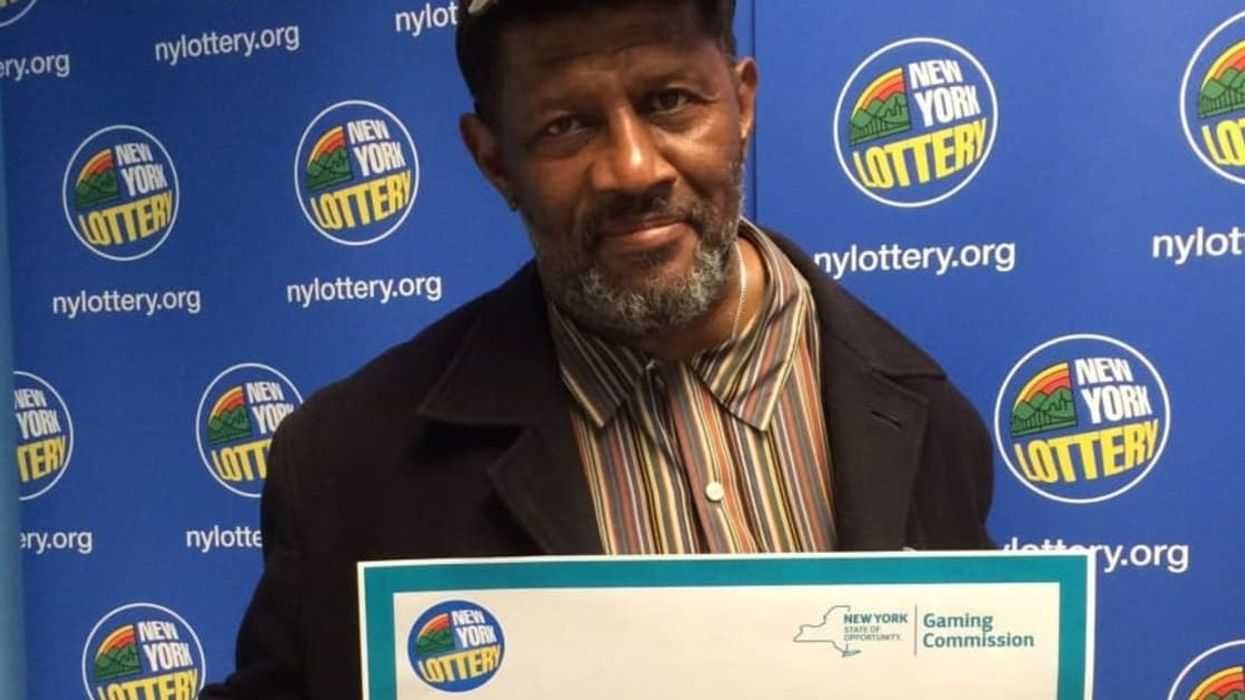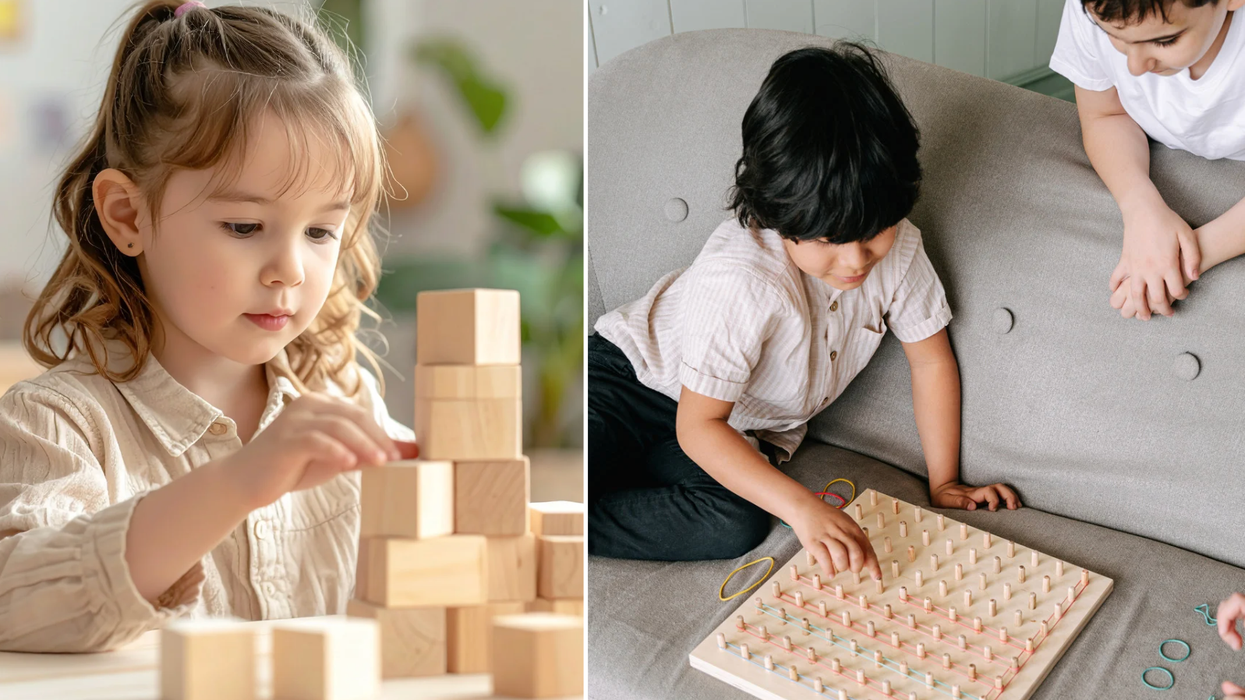Article originally appeared on 06.13.21
A Helpful Chart to Explain the Difference Between Support and 'Toxic Positivity" was originally published on The Mighty.
There's no denying that positivity can be powerful. I know when I'm struggling with anxiety and negative thoughts, if I can hold onto an ounce of hope — that I'll make it through, that I'm not defined by my thoughts, that I'm not as bad as my brain is making me out to be — I can cope a little better. The positivity we hold within ourselves, when we can manage it, makes it a little easier to get by.
That being said, perhaps counterintuitively, positivity isn't always the best way to help others. You can't make someone be positive. You can't sprinkle positivity dust on them and make their problems go away. And honestly, when people are seeking help and support, they're usually not looking for straight-up, inspirational poster positivity. More often, they're looking for validation that their negative feelings are OK.
I've always kind of known this but didn't think about it in a tangible way until I saw a graphic made by Whitney Hawkins Goodman, LMFT, owner of The Collaborative Counseling Center. She runs the Instagram account @sitwithwhit, and after she posted an image explaining “Toxic Positivity," I started seeing it all over social media.
The graphic shows the difference between supporting someone with validation and hope, and trying to support them with “toxic positivity." According to Whitney, it's the difference between, “This is hard… I believe in you," and, “Just be happy!" If you could never pinpoint why simple “inspiring" quotes didn't sit well with you, this could be the explanation.
It reminds me of a popular animated video about empathy, which uses the words of Brené Brown. If sympathy is shouting down at someone while they're stuck in a hole, empathy is getting into the hole with them. If “toxic positivity" is telling someone to just “look at the bright side," support is putting yourself in someone's shoes, and accepting their feelings for what they are.
Of course, when we throw around phrases like, “Think positive," or, “Stop being so negative," we're probably coming from a good place. You're spreading these messages because you want people to be happier, damn it! So what's wrong with reminding people to be positive?
The hard-to-face truth is, supporting people isn't about being “positive." In fact, when you force positivity down someone's throat, it can actually have the opposite effect. “Toxic positivity" can make people feel unsafe expressing their negativity, and negativity thrives in isolation. It can make people think there's something wrong with them for not simply “choosing" happiness, and shame is negativity's enabling best friend.
When we're supporting someone who's hurting, we need to leave room for positivity to grow. And you don't yell at a flower to “just" grow — you water it. In this case, you water it with listening, with validation, and with unconditional support. It's OK to experience negative emotions, and with support, we can help people who are stuck in negativity find their own way out. Simply telling them to “be positive" doesn't cut it.
Thanks to Whitney for making this informative graphic! You can follow her on Instagram here.


















 Ladder leads out of darkness.Photo credit
Ladder leads out of darkness.Photo credit  Woman's reflection in shadow.Photo credit
Woman's reflection in shadow.Photo credit  Young woman frazzled.Photo credit
Young woman frazzled.Photo credit 



Will your current friends still be with you after seven years?
Professor shares how many years a friendship must last before it'll become lifelong
Think of your best friend. How long have you known them? Growing up, children make friends and say they’ll be best friends forever. That’s where “BFF” came from, for crying out loud. But is the concept of the lifelong friend real? If so, how many years of friendship will have to bloom before a friendship goes the distance? Well, a Dutch study may have the answer to that last question.
Sociologist Gerald Mollenhorst and his team in the Netherlands did extensive research on friendships and made some interesting findings in his surveys and studies. Mollenhorst found that over half of your friendships will “shed” within seven years. However, the relationships that go past the seven-year mark tend to last. This led to the prevailing theory that most friendships lasting more than seven years would endure throughout a person’s lifetime.
In Mollenhorst’s findings, lifelong friendships seem to come down to one thing: reciprocal effort. The primary reason so many friendships form and fade within seven-year cycles has much to do with a person’s ages and life stages. A lot of people lose touch with elementary and high school friends because so many leave home to attend college. Work friends change when someone gets promoted or finds a better job in a different state. Some friends get married and have children, reducing one-on-one time together, and thus a friendship fades. It’s easy to lose friends, but naturally harder to keep them when you’re no longer in proximity.
Some people on Reddit even wonder if lifelong friendships are actually real or just a romanticized thought nowadays. However, older commenters showed that lifelong friendship is still possible:
“I met my friend on the first day of kindergarten. Maybe not the very first day, but within the first week. We were texting each other stupid memes just yesterday. This year we’ll both celebrate our 58th birthdays.”
“My oldest friend and I met when she was just 5 and I was 9. Next-door neighbors. We're now both over 60 and still talk weekly and visit at least twice a year.”
“I’m 55. I’ve just spent a weekend with friends I met 24 and 32 years ago respectively. I’m also still in touch with my penpal in the States. I was 15 when we started writing to each other.”
“My friends (3 of them) go back to my college days in my 20’s that I still talk to a minimum of once a week. I'm in my early 60s now.”
“We ebb and flow. Sometimes many years will pass as we go through different things and phases. Nobody gets buttsore if we aren’t in touch all the time. In our 50s we don’t try and argue or be petty like we did before. But I love them. I don’t need a weekly lunch to know that. I could make a call right now if I needed something. Same with them.”
Maintaining a friendship for life is never guaranteed, but there are ways, psychotherapists say, that can make a friendship last. It’s not easy, but for a friendship to last, both participants need to make room for patience and place greater weight on their similarities than on the differences that may develop over time. Along with that, it’s helpful to be tolerant of large distances and gaps of time between visits, too. It’s not easy, and it requires both people involved to be equally invested to keep the friendship alive and from becoming stagnant.
As tough as it sounds, it is still possible. You may be a fortunate person who can name several friends you’ve kept for over seven years or over seventy years. But if you’re not, every new friendship you make has the same chance and potential of being lifelong.